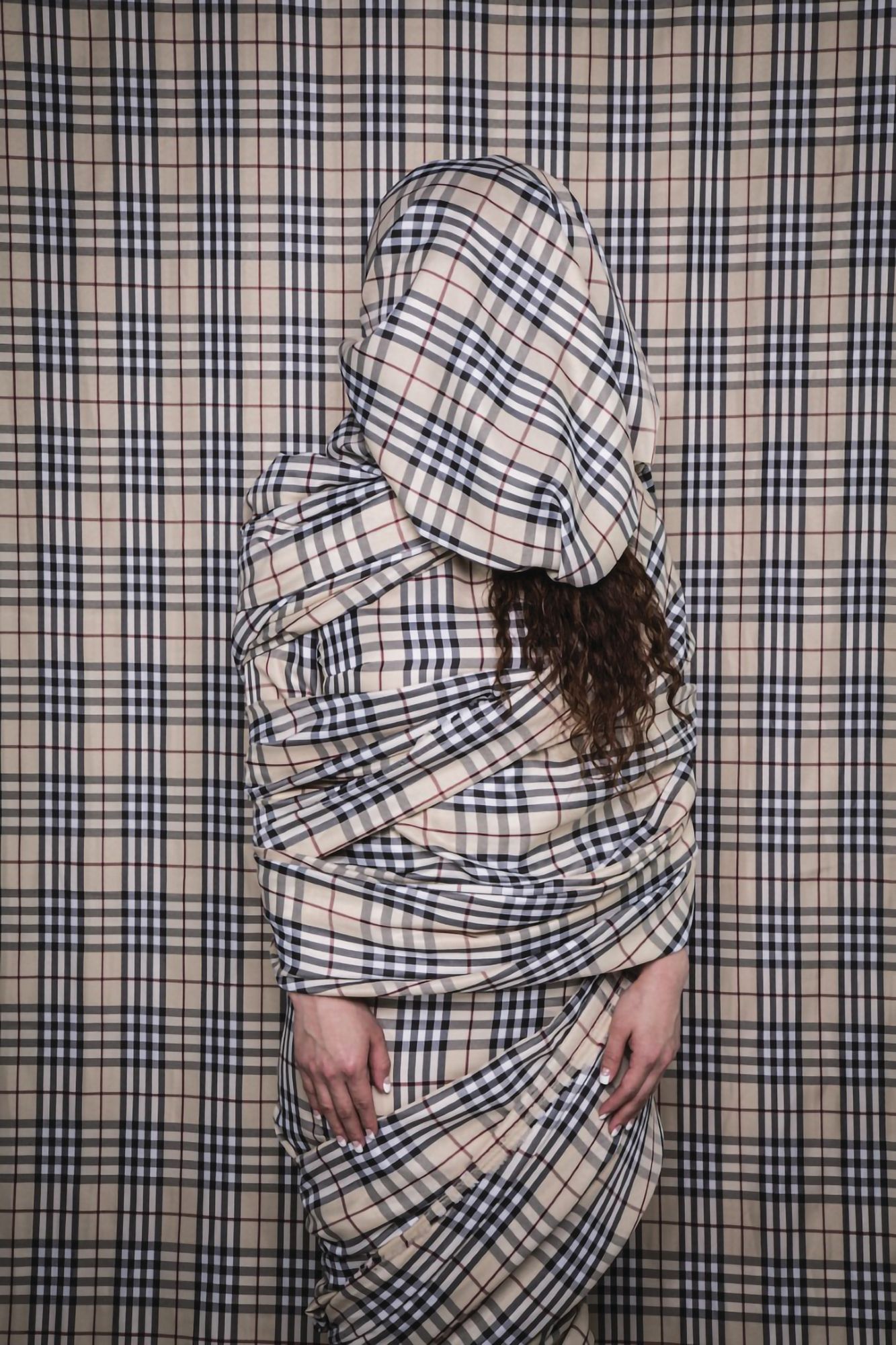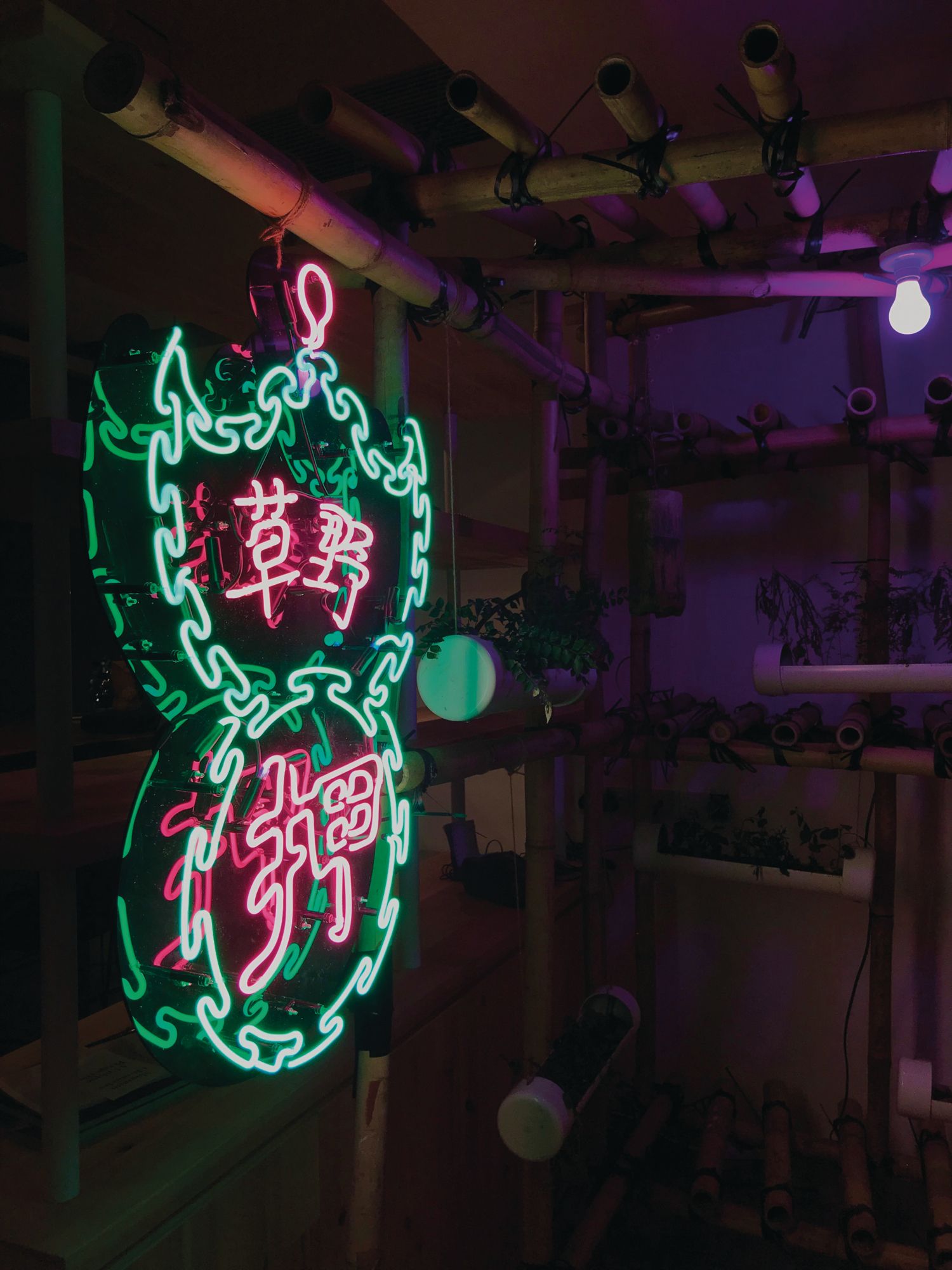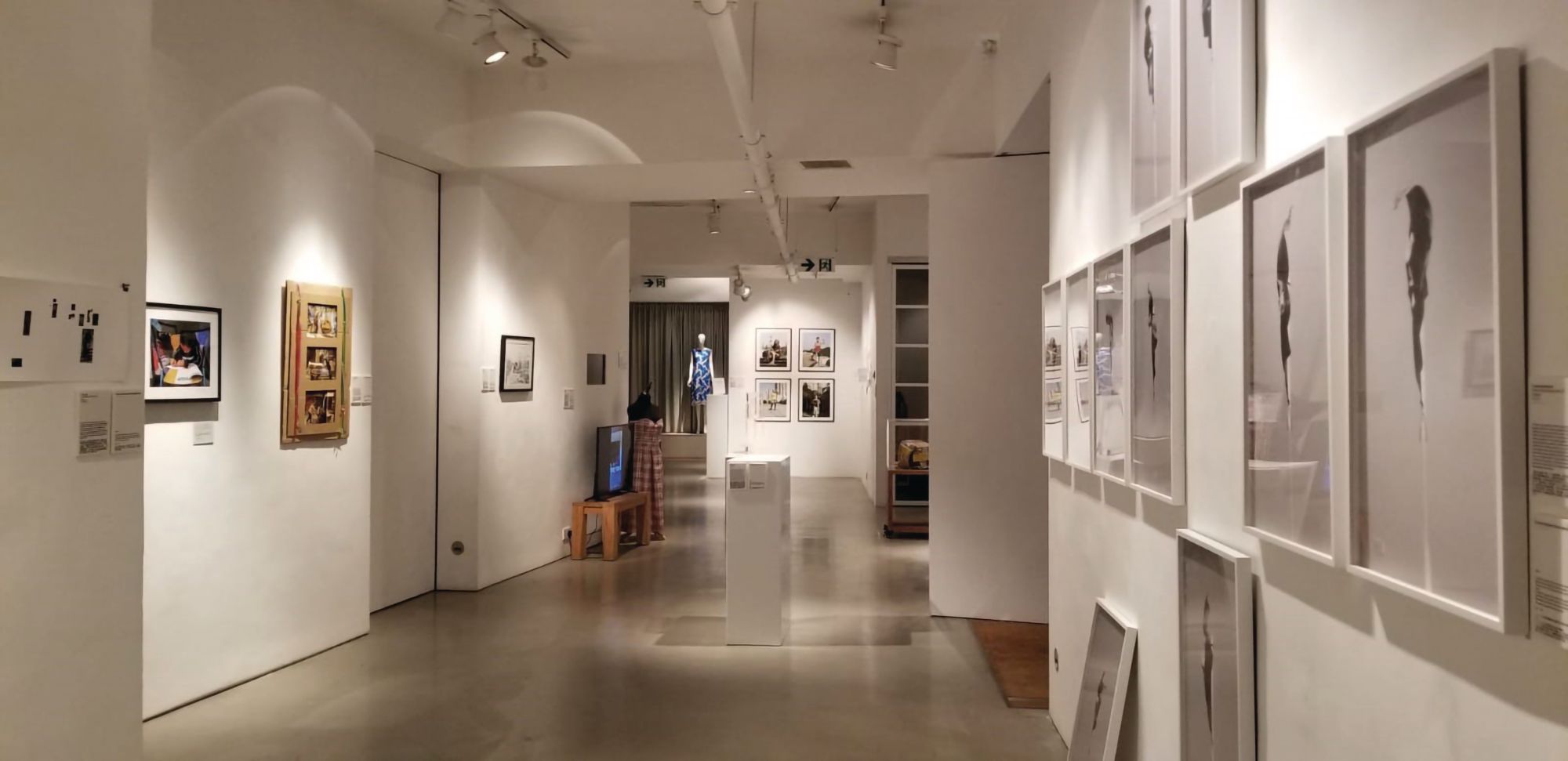The annual Hong Kong Human Rights Arts Prize, which returns this month, shines a light on injustices in the city and abroad
Curator Chantal Wong has always been impressed by the powerful works submitted to the Hong Kong Human Rights Arts Prize (HKHRAP)—especially those by individuals who might not have come from a particularly arty background. She vividly remembers Ophelia Jacarini’s embroidered female bodies that explore women’s sexuality, empowerment, freedom and trauma in 2018, as well as the 2013 black-and-white images laying bare the physical abuse suffered by Hong Kong’s domestic workers by photographer Xyza Cruz Bacani, a former maid herself.
“Some people are formally trained, some people are not, but that does not define the value of the artwork,” says Wong, who co-founded Learning Together, a charity that supports young refugees and asylum seekers in their education, and is director of culture at the Eaton hotel. “This is one of the few prizes where people don’t have to be trained, and that really does add an element of unexpectedness. It fundamentally shifts the way we think about who is an artist in society,” she adds.


Instead of just admiring the works again this year, Wong is serving as a judge for the first time for the sixth edition of the prize, which takes place this month. The HKHRAP has been hosted annually by the Justice Centre Hong Kong since 2013 and is open to all Hong Kong-born or based visual artists who address local or international humanitarian issues in their work. A panel of judges draws up a shortlist of submitted works, which are exhibited to the public—this year at the Goethe-Institut in the Hong Kong Arts Centre—before they announce one winner and two runners-up. The winner receives a cash prize of HK$35,000. On top of the main event, this year there are two additional awards: a new award sponsored by German cultural association Goethe-Institut for the best short film or video work, as well as a student award.
New Perspectives
Wong sits on the judging panel with renowned local artist Kacey Wong; English conceptual artist Jeremy Deller, whose politically motivated art has appeared at Tate Britain; fellow artists-turned-judges Katie Vajda and Christy Chow; and Peter Augustus Owen, a human rights commissioner for the city of Palm Springs, California. Together, they are tasked with narrowing down this year’s pool of 97 entries to just one winner.
“The way artists see things can help us to understand our situation better,” says Raquel Amador, co-founder of the Justice Centre Hong Kong and a Hong Kong-raised immigration, asylum and human rights lawyer who has been helping people fleeing persecution and other human rights issues in the city for nearly two decades. “Artists are the ones who use their own lives to feel the world,” she adds, quoting Ai Weiwei, whose film Human Flow was screened in 2017 as part of the HKHRAP.
See also: How Asian Artists Are Leading The Internet Art Movement In New Directions





